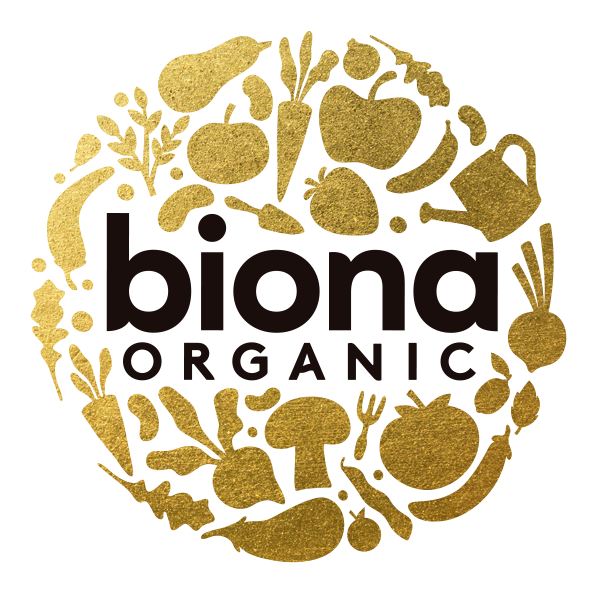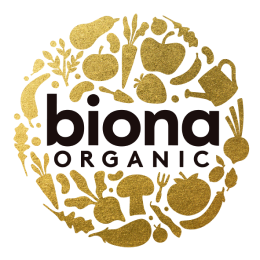Tips on Tins: How to use Canned Beans and Why They Deserve Space in your Larder
If you’re someone who regularly cooks, you very likely keep your kitchen cupboard stocked with canned foods. True store-cupboard staples, canned foods are famously economical, long-lasting and nutritious. They provide convenience: they can contain whole meals, but also simply take the wait and work out of necessary prep jobs, such as soaking legumes. They also open up a world of exotic ingredients that aren’t always readily available in fresh form. Plus, the packaging is recyclable. And upcyclable!
Yes, You Can
Canned foods have a mixed rap. The truth is that, as with many foods, the provenance of the food and how it has been treated along its path to you determines how good it is for you. Here are some points to bear in mind when choosing your tinned goods:
Provenance
Fruits, vegetables and legumes that were grown in optimal conditions, harvested at their peak for nutritional value and prepared and processed while fresh are the stuff of top mark cans! Look for organic foods from trusted brands to ensure high quality and nutrition. Unfortunately, junk in = junk out – foods that were sub-optimal to begin with won’t magically become healthy and delicious in a can.
BPA
Bisphenol-A is a widely used chemical that is often used in can linings to prevent rust. It has been associated with a variety of health issues and as a result is banned from use in many products, such as baby bottles and cups. Research suggests that BPA readily migrates from packaging to food. Avoiding BPA in cans is an easy way to reduce BPA intake – fortunately all of our cans are totally BPA free so you can have the canned goods without the concern!
Salt, Sugar and Preservatives
Many canned goods include salt and other additives to enhance flavour or prolong the life of the product. Either look for tins with zero additives or choose low salt options. We never use preservatives and can rest assured you’ll only ever find tasty and natural ingredients inside our cans.
Vitamins
Generally, research has found that canned foods are just as nutritious as their fresh counterparts. However, water-soluble vitamins (such as Vitamins B and C) are sensitive to high-heat, which is a part of the canning process, so these might be damaged. Some would argue that if you’re going to be cooking them, these vitamins will meet the same fate in your kitchen anyway!
Legumes
Beans and other legumes are among our favourite canned foods. We love legumes for their excellent nutritional value, not least their incredible healthy protein and fibre content. They can be quite time-consuming to prepare, however, and time is something we’re all shorter on than we would like to be, right? That’s why cans are so brilliant – the soaking and initial cooking stage is all taken care of, so you simply open, drain and add the legumes to your dish to heat through. Here are some pointers on cooking with cans:
-
Always check your recipe – if it calls for dried beans/legumes, remember you’ll need to use about double that weight in the canned version, and skip the soaking and pre-cooking steps.
-
Give your beans a gentle rinse under the tap after you’ve drained them. This will help reduce sodium content if the legumes were in a salted water, and also help remove any residue from broken beans.
-
If you fancy giving vegan baking a go, catch and reserve your chickpea water (aquafaba) in a bowl or jug under your sieve! Aquafaba meringues are actual magic, make sure to take a look at our vegan pavlova recipe for inspiration.
-
Careful not to overcook canned legumes! If you’re making a casserole or similarly slow-cooking dish, add the beans a few minutes before the cooking time is up to prevent them disintegrating.
-
Use a great recipe! Check our website for mouth-watering bean-based dishes that serve nutrition and flavour in abundance. Try this black bean chilli-stuffed sweet potato for the perfect healthful comfort food.
Which Legume To Use For What...
If you're new to cooking with legumes, we understand the choice of which bean, chickpea or lentil to use might be a little overwhelming, especially as we have over 15 different varieties in our range! Below we've put together a list of which legume is best used for what:
Kidney Beans - Dark or light red, best used in classic chilli con carne. Chickpeas - Small, pale and round, best used in curries, falafel and humous and middle eastern dishes. Black Beans - Small and black, popular in south american cooking. Try adding to tacos, burritos or making a black bean stir fry sauce. Cannellini Beans - White version of the kidney bean, good for using in salads, soups and casseroles, popular in Italy. Butter Beans - Large, flat and white, add to veggie stews and salads. Aduki Beans - small, reddish brown bean, used often in Asian cooking, particularly sweet desserts, but can also be used in savoury dishes. Pinto Beans - Pale beans with dark speckles, these beans are the original ingredient for Mexican re-fried beans. Borlotti Beans - Widely used in Italian cooking and also known as cranberry beans, they are soft and pale with little red markings. Blackeye Beans - Often used in African and South American cooking, these beans have a little black mark where they were joined to the pod. Haricot Beans - small and white and also known as navy beans. Great for making homemade baked beans. Beluga Lentils - Less common than green lentils, smaller and dark too. They maintain their shape and texture well. Perfect for soups, stews and salads. Green Lentils - The most common lentil, ideal for casseroles, veggie stuffing and lentil bolognese. Lentils Vert - A firm french lentil with a nutty taste. Add to spicy curries, stews and salads.
Our FAVORITE Recipes:
Recipes using Beans:
Vegan Bean Chilli, Vegan Butter Bean Paella, Black Bean Chili Stuffed Sweet Potatoes, Black Bean Chocolate Orange Mousse, Black Bean Cookies
Recipes using Lentils:
Vegan Lentil Shepherds Pie, Lentil 'meatballs' with spaghetti
Recipes using Chickpeas:
Chickpea Curry, Black Chickpea Masala, Cauliflower & Chickpea Tacos, Chickpea Blondies
A Note on Waste
One of the great things about canned goods is that, because canning naturally preserves foods, less goes to waste. As well as saving on food waste, the packaging is very widely recyclable. Better yet, the can doesn’t need to get as far as the recycling bin! Wash it in hot soapy water and remove (and recycle) the paper label – the remaining vessel is a perfect pen holder, mini planter, tool storage! The possibilities are endless, which is why canned goods get our vote for the perfect low waste kitchen essential!
To bean or not to bean: are you a canned legume fan? Share your can-cookery and tin tips with us over on Social! @bionaorganic











